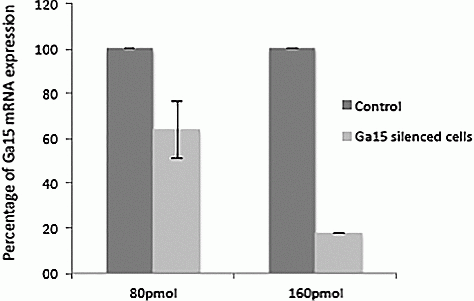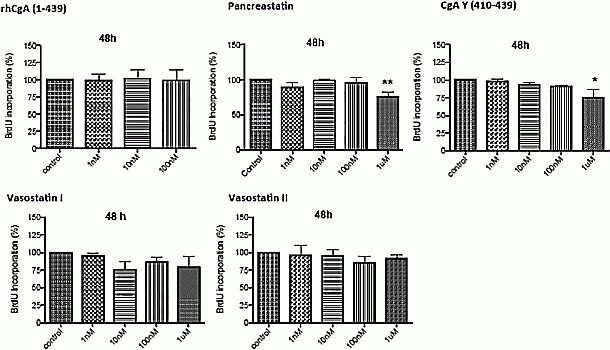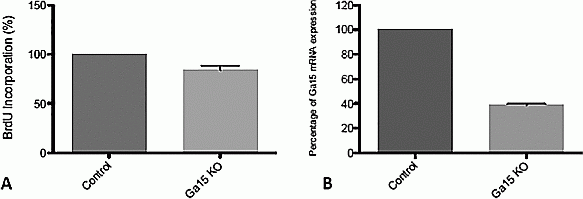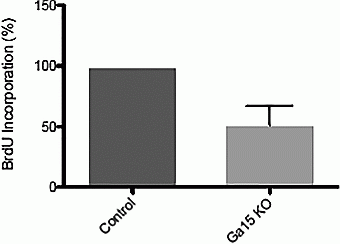UKINETS2016 Poster Presentations (1) (35 abstracts)
Knockdown of Gα15 in BON cell line enhances pancreastatin inhibitory effect on neoplastic proliferation
Sara Zanini 1 , Gemma Barron 1 , Irfan Ahmed 2 , Giovanna Bermano 1 & Francesco Giovinazzo 2
1Centre for Obesity Research and Education, Robert Gordon University, Aberdeen, UK; 2Department of Surgery, Aberdeen Royal Infirmary, Aberdeen, UK.
Although initially considered rare, the incidence of pancreatic neuroendocrine tumours (P-NETs) has progressively increased. A population-based study conducted in England and Wales (1986–1999) found that 5-year survival was 29% for non-functioning and 41% for functioning tumours when considering well-differentiated P-NETs. Traditional treatments show very limited effectiveness; novel targeted therapies are, therefore, required and identification of key molecules driving neoplastic proliferation will facilitate this process. Gα15 is a heterotrimeric G protein belonging to the Gαq/11 family. It promiscuously recognizes most G-protein coupled receptors (GPCRs) and is poorly affected by β-arrestin dependent desensitization. In gastro-entero-pancreatic (GEP)–NETs and in vitro model, Gα15 is significantly over-expressed with respect to normal tissue and its involvement in tumour progression has been suggested. Pancreastatin is one of the biologically active regulatory peptides derived from chromogranin A (CgA) processing and it has been shown to have the potential to be a diagnostic and predictive tumour marker in detecting GEP-NETs, including P-NETs. It is coupled to a GPCR and exerts a proliferative inhibitory effect on a variety of pancreatic and hepatic cell lines. We hypothesized that Ga15 protein is involved in the activation of CgA signalling pathway through stimulation with Pancreastatin in BON cell line. Silencing Ga15 gene with small interfering RNA (siRNA) resulted in a reduction in Ga15 mRNA expression of 82% (Fig. 1); however cellular proliferation was not affected by knocking down Ga15 (Fig. 2). Stimulation with CgA fragments (rhCgA (1-439), pancreastatin and CgA (Y) 410-439) in BON cells had little anti-proliferative effect while vasostatin I and II showed no effect (Fig. 3). On the contrary, when Ga15 silenced cells were stimulated with 1 mM Pancreastatin for 48 hours, a significant reduction in cell proliferation of 48% was observed compared to untreated cells, in the same experimental setting (Fig. 4). The findings from this project showed a role for Ga15 protein in regulating cell proliferation in P-NET cells through CgA signalling pathway. These findings support the need for further investigations regarding the role of Ga15 in metastatic tumours considering also that at the time of diagnosis, most patients have either metastatic (60.2%) or regionally advanced (20.7%) tumours.







 }
}



